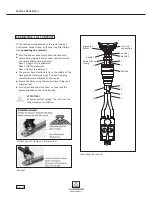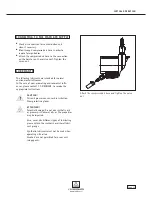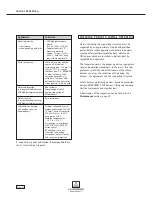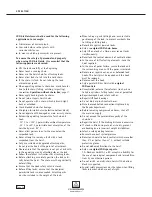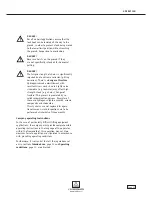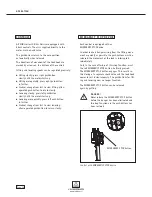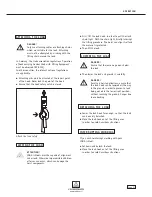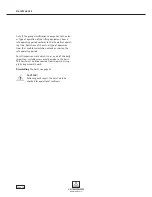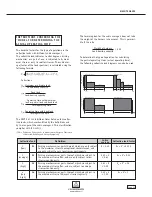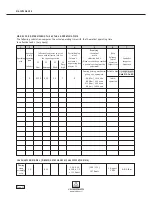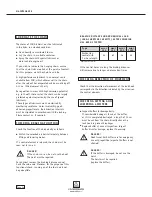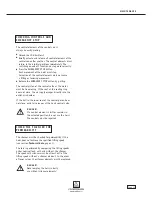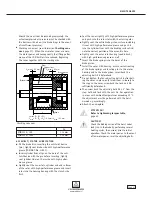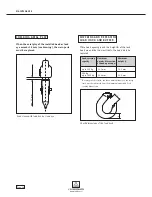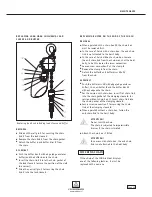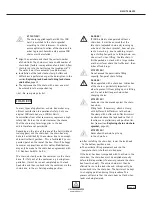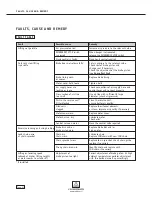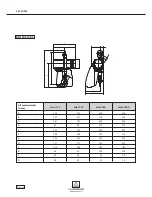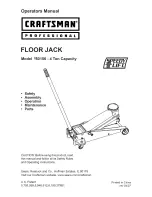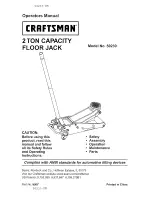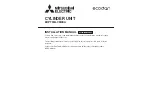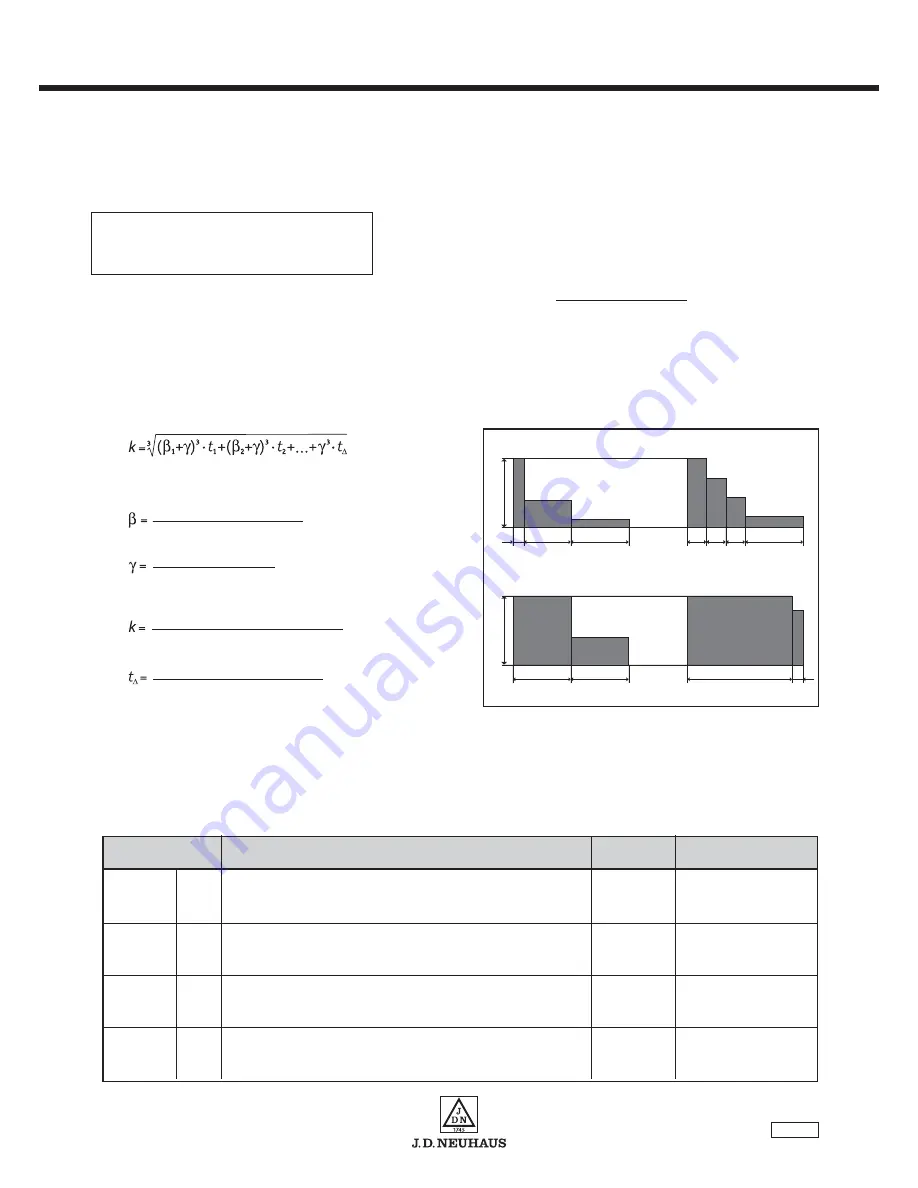
The decisive factors for the type of operation are the
collective loads with different cubic averages
k .
The collective load indicates to what degree a driving
mechanism, or a part of one, is subjected to its maxi-
mum stress or only to smaller stresses. The cubic aver-
age (factor of the load spectrum) is calculated using the
following formula.
The FEM* 9.511 rule differentiates between four collec-
tive loads, which are identified by the definitions and
by the ranges of the cubic averages
k
. This classification
complies with ISO 4301/1.
*FEM = Federation Europeene de la Manutention (European Federation
of Materials Handling and Storage Equipment)
The formula given for the cubic average
k
does not take
the weight of the harness into account. This is permissi-
ble if the ratio
To determine the type of operation for calculating
the partial operating times (actual operating time),
the following collective load diagrams can also be used.
I N S T R U C T I O N S CO N C E R N I N G T H E
˝ M O D E L F O R D E T E R M I N I N G T H E
AC T UA L O P E R AT I N G T I M E
˝
powered by air !
M A I N T E N A NC E
Page 31
Weight of harness
Load-bearing capacity
≤
0.05
Maximum or ultimate load
Load-bearing capacity
Definitions:
=
Dead load
Load-bearing capacity
=
Operating time with maximum
load or partial load and dead load
Total operating time
=
Operating time with dead load
Total operating time
=
Collective load 1
Collective load 2
Load proportions
t
2
t
1
t
Δ
t
3
0.4
0.1
0.733
0.467
0.2
0 10
50
100
0
16.7 33.3
50
100
t
2
t
1
t
Δ
1
Collective load 3
Collective load 4
Load proportions
t
1
t
Δ
0.4
0.8
0
50
100
0
90 100
t
1
t
Δ
1
Collective load
Definition
Cubic
Collective load factor
average
1
L1
Driving mechanisms or parts thereof, which are only subject
k
≤
0.50
(low)
to the maximum stress in exceptional circumstances, and
are only subject to very lowstresses continuously.
2
L2
Driving mechanisms or parts thereof, which are subject to
0.50 <
k
(average)
the maximum stress often, and are only subject to low
≤
0.63
stresses continuously.
3
L3
Driving mechanisms or parts thereof, which are subject to
0.63 <
k
(high)
the maximum stress often, and are subject to average
≤
0.80
stresses continuously.
4
L4
Driving mechanisms or parts thereof, which are subject to
0.80 <
k
(very
the maximum stress of adjacent stresses regularly.
≤
1,00
high)
k
m
=
k
3
= 0.125
k
m
=
k
3
= 1
k
m
=
k
3
= 0.25
k
m
=
k
3
= 0.5
Summary of Contents for JDN mini 1000
Page 47: ...powered by air NOTES Page 47 ...




